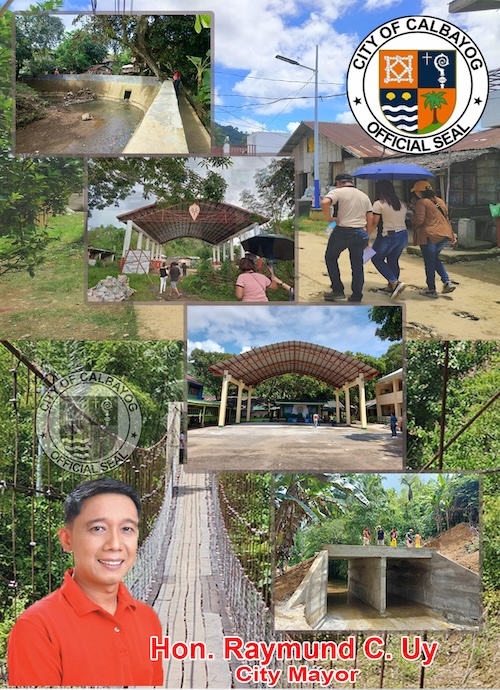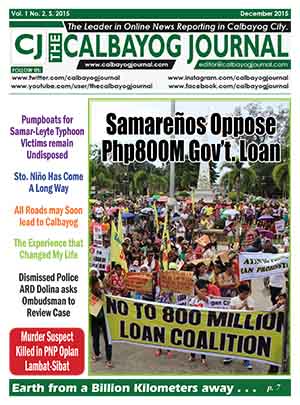Story/Photos: Alren Beronio

In the town of Salcedo in Eastern Samar, a culinary treasure has been silently hidden for over six decades now—- the "hinorno" bread. It is a unique twist on the traditional pan de sal and has become a beloved delicacy for locals and an interesting discovery for food enthusiasts.
Distinguished by its soft homemade texture and rustic flavor, "hinorno" comes in two variations: the classic plain version and the one with sweetened coconut filling.
The baking process involves using "binunot" or coconut husk as fuel to fire the makeshift oven. And what began as an economical endeavor, then with flour prices costing a mere 300 Philippine pesos, has evolved today into a sought-after treat that commands a price tag of a thousand pesos.
Distinguished by its soft homemade texture and rustic flavor, "hinorno" comes in two variations: the classic plain version and the one with sweetened coconut filling.
The baking process involves using "binunot" or coconut husk as fuel to fire the makeshift oven. And what began as an economical endeavor, then with flour prices costing a mere 300 Philippine pesos, has evolved today into a sought-after treat that commands a price tag of a thousand pesos.
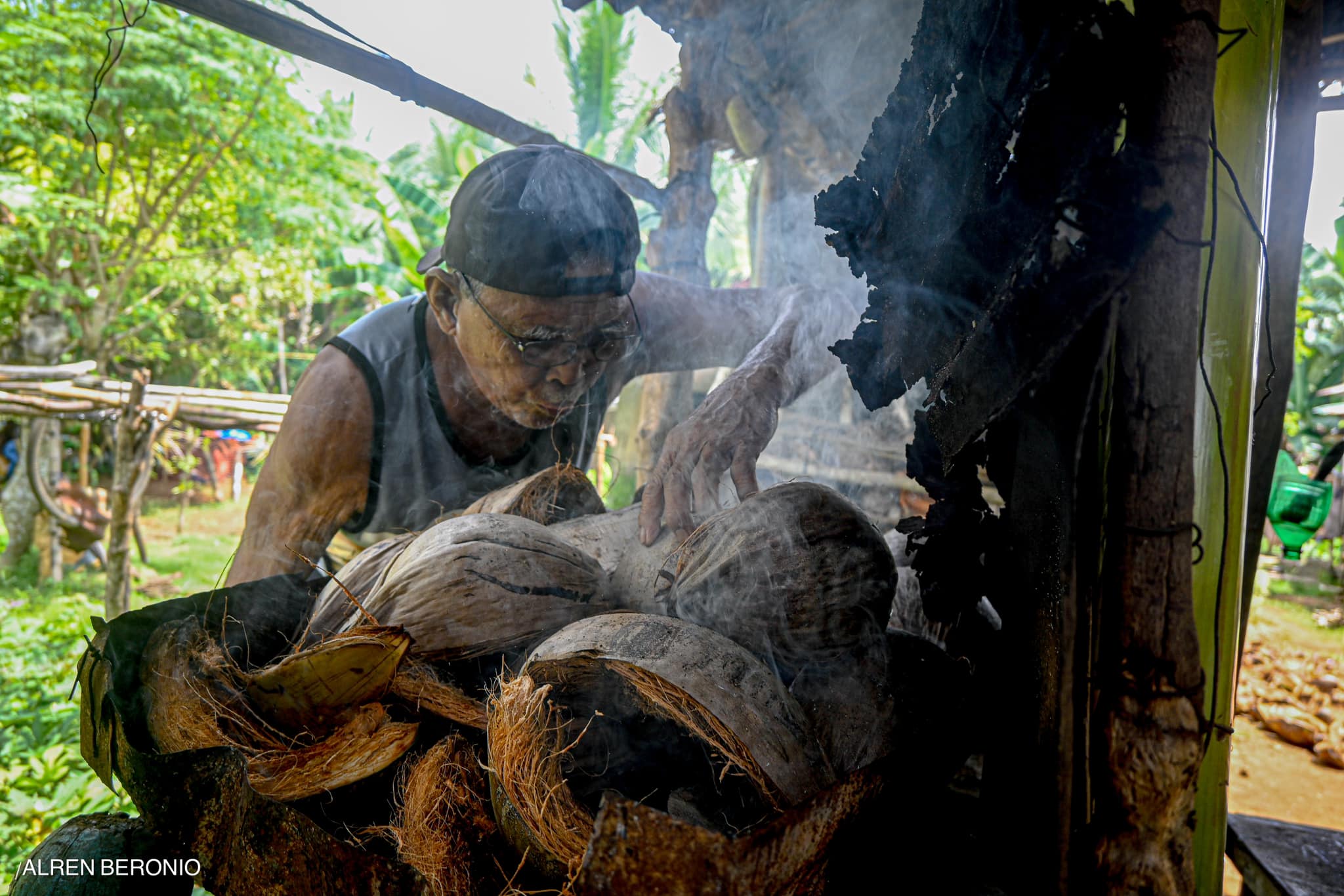
Couple Milagros Berongoy-Lacanaria (68-year-old) and Guillermo Lacanaria claim that they are the first "Hinorno Makers" in town. For Milagros, "hinorno" is not merely a recipe. It is a connection to her family's history and a means of providing for her loved ones. With a lifetime of experience in her hands, she can still recall the origins of this particular delicacy.
Decades ago when bakeries were scarce, Milagros and her family embarked on the journey of crafting "hinorno." The inspiration came from her mother, Juliana Berongoy, who passed down the age-old technique to her. As a child, Milagros helped her mother make the “hinorno” and sell it. Even after her mother's demise, she decided to carry on the tradition to sustain the needs of her family.
But "hinorno" isn't confined to the streets of Salcedo. The art of making this bread has spread to neighboring towns like Hernani, MacArthur, Lawaan, and Guiuan, and even reached the distant island of Sulu-an. The term "hinorno" itself is a fusion of local words referring to the intricate process of kneeding or "pag-masa" in the native tongue.
Decades ago when bakeries were scarce, Milagros and her family embarked on the journey of crafting "hinorno." The inspiration came from her mother, Juliana Berongoy, who passed down the age-old technique to her. As a child, Milagros helped her mother make the “hinorno” and sell it. Even after her mother's demise, she decided to carry on the tradition to sustain the needs of her family.
But "hinorno" isn't confined to the streets of Salcedo. The art of making this bread has spread to neighboring towns like Hernani, MacArthur, Lawaan, and Guiuan, and even reached the distant island of Sulu-an. The term "hinorno" itself is a fusion of local words referring to the intricate process of kneeding or "pag-masa" in the native tongue.
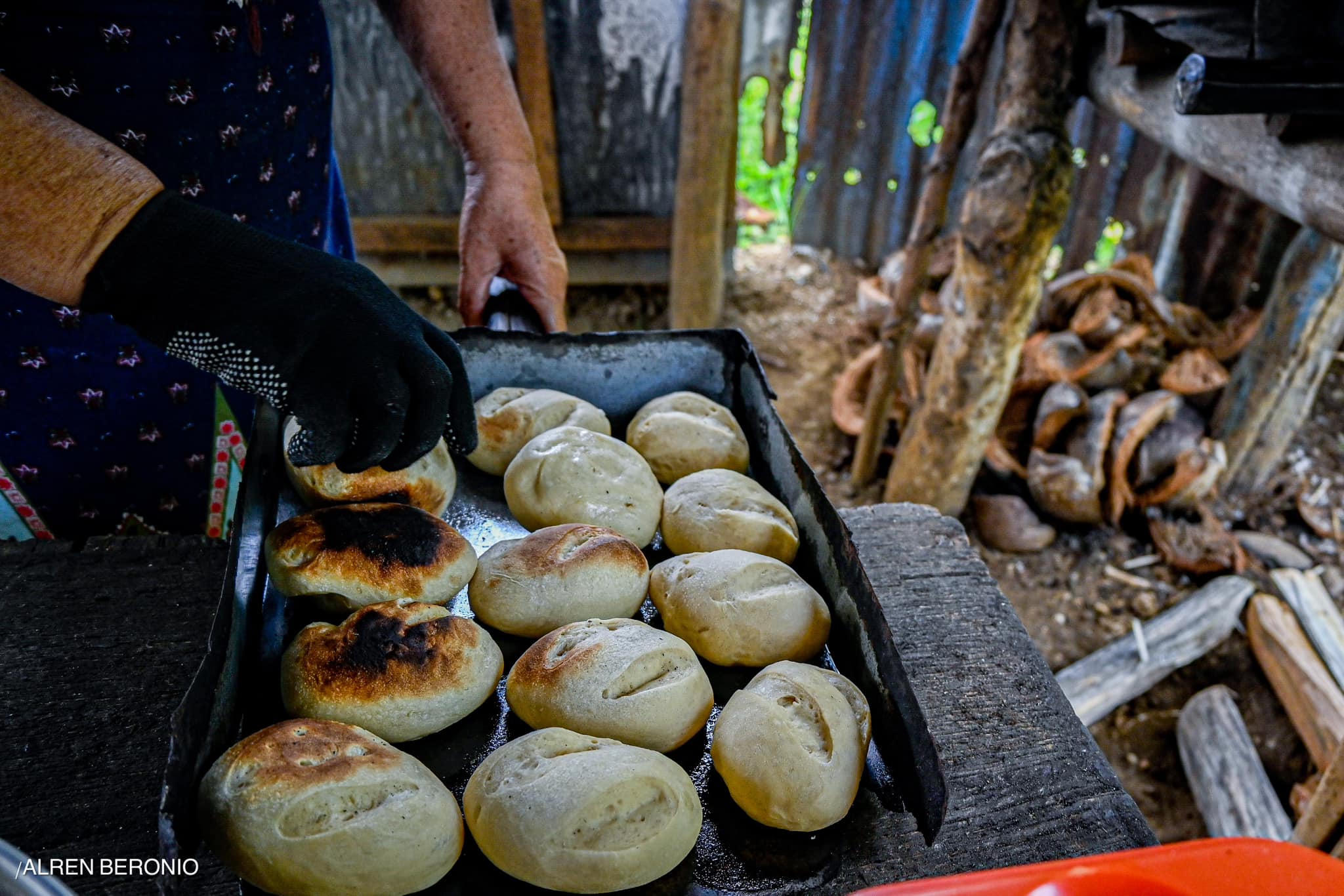
Milagros and her family produces around 200 to 400 pieces of "hinorno" daily, a testament to their dedication and the enduring appeal of their product. The allure of this local delight extends beyond the Philippines as is it occasionally exported— introducing to the world this unique pastry flavor of Eastern Samar.
The magic of "hinorno" doesn't merely lie in its distinct taste. As the sun rises or sets over Salcedo, the warm aroma of freshly baked "hinorno" wafts through the air, enticing locals and visitors alike. Paired with a steaming cup of coffee or a soothing mug of hot ginger tea, this humble bread becomes an enchanting breakfast or afternoon snack experience.
"Hinorno" bread is more than just a food item; it's a story woven through time, a testament to the resourcefulness of Eastern Samar's people and a connection between generations. In a world where innovation often overshadows tradition, this local delicacy remains a reminder of the rich cultural heritage that continues to thrive in the heart of Salcedo and beyond.(CJ/AB)
The magic of "hinorno" doesn't merely lie in its distinct taste. As the sun rises or sets over Salcedo, the warm aroma of freshly baked "hinorno" wafts through the air, enticing locals and visitors alike. Paired with a steaming cup of coffee or a soothing mug of hot ginger tea, this humble bread becomes an enchanting breakfast or afternoon snack experience.
"Hinorno" bread is more than just a food item; it's a story woven through time, a testament to the resourcefulness of Eastern Samar's people and a connection between generations. In a world where innovation often overshadows tradition, this local delicacy remains a reminder of the rich cultural heritage that continues to thrive in the heart of Salcedo and beyond.(CJ/AB)
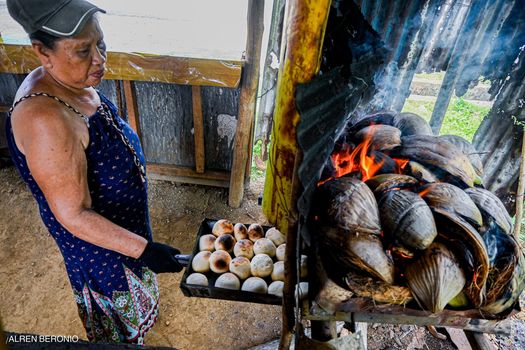
Note: This article (first published on the facebook page of the author) is based on an interview regarding a claim of being the original hinorno bakers in Eastern Samar. It's important to note that there are many hinorno makers in other towns of Eastern Samar and other locales. If there are any concerns or disagreements with the content of this write-up, please don't hesitate to reach out. Let's compare and integrate our stories for a better and more complete picture.





